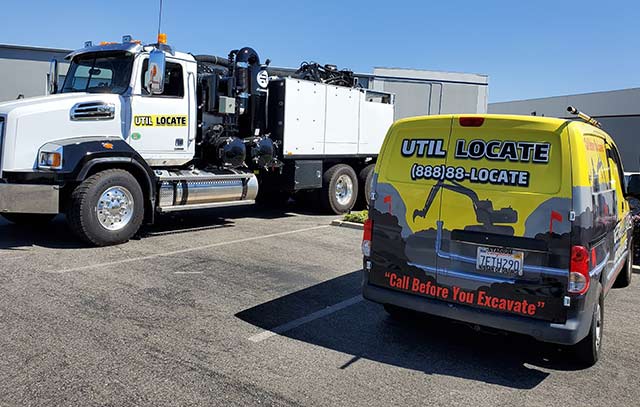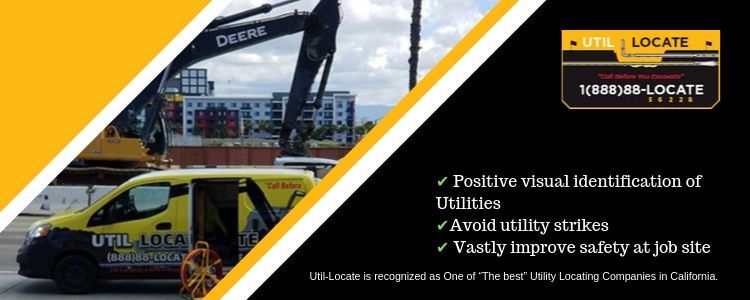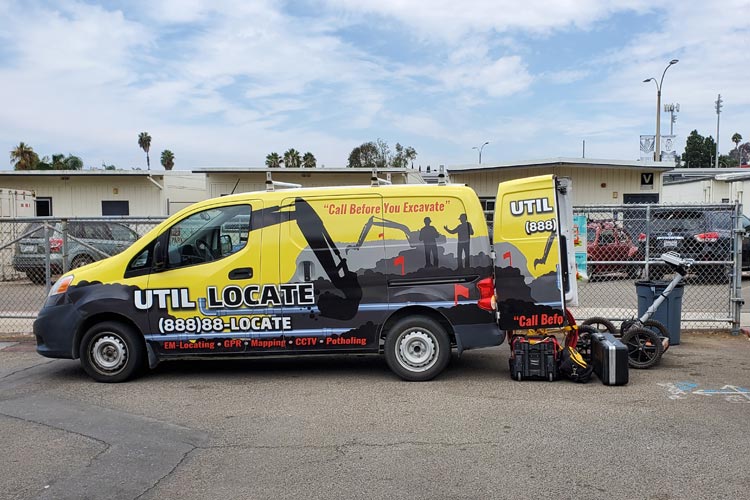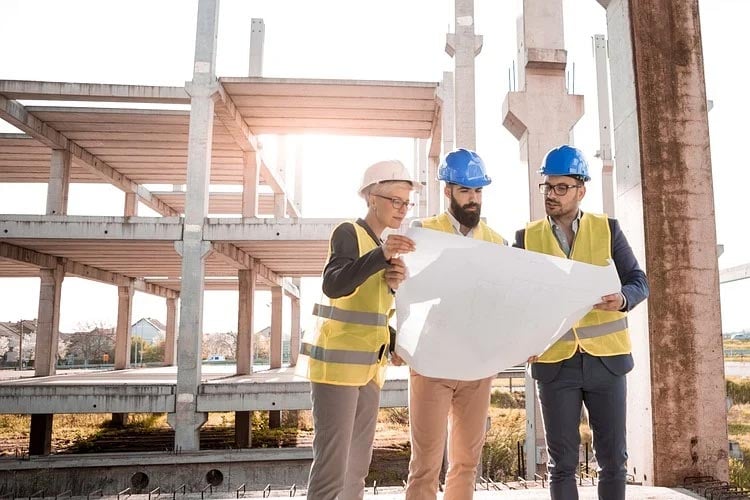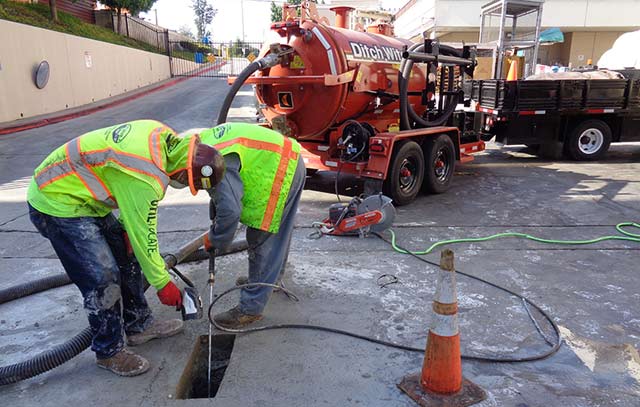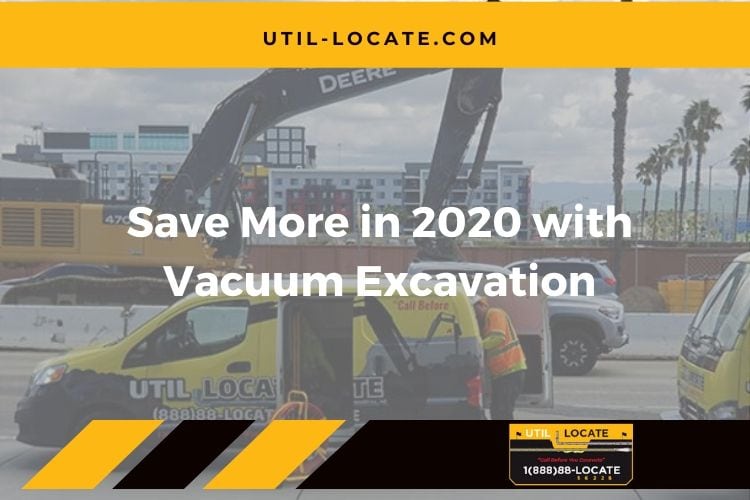There are a lot of costs tied up in any construction project, no matter the size. If you are managing or running a construction site, you already know how multi-layered the budget sheet can get, and often there is not much room for unplanned expenses. One of the most expensive accidents that can occur on a construction site is a utility strike, which tends to happen when a construction site is not properly excavated.
With our utility potholing, the risk of striking a utility line is effectively removed from the equation. The upfront cost of hiring our professional team and equipment is far, far lower than the costs you will end up paying if a utility strike occurs. Not only does private utility locating offer visual confirmation of the locations of utility lines, but the process is efficient and convenient for all construction sites. Later in this article, we will explain the other benefits that come with choosing our underground utility locating services.
Keep reading to learn more about how utility strikes happen and the many expenses that are involved.
When Utility Line Strikes Happen
Utility strikes occur during the excavation process and typically happen when clunky or imprecise equipment and methods are used. Previously, backhoes were the most common way to quickly excavate a construction site. While backhoes are inexpensive to hire and easy to train crews to use, they are unwieldy and cannot be relied on for delicate work like utility locating.
Backhoes are also very invasive and will result in a lot of disruption of the surface of your construction site. This can be expensive to set right again and also result in unexpected delays.
When the utility line is punctured or otherwise damaged, it results in a very serious disruption of that utility’s service to the surrounding area. Depending on the type of strike and the utility involved, fatalities can even occur.
Common Expenses Involved with Utility Strikes
While no one can predict the exact amount you may end up paying for a utility strike, there are several common costs associated that you should be aware of. All of these are serious expenses that can end up derailing even the most well-organized project.
- Repairs: previously, repair costs were the most worrisome expense construction managers and investors faced. However, now repairs can be done for a relatively affordable amount which will not typically disrupt or unsettle a construction project. Of course, the costs here are dependent on the amount of damage caused and an explosion from a struck gas line will result in serious costs. Still, for modern construction projects, the following expenses will be much steeper and of more concern.
- Service Interruption Costs: when a utility line is struck, gas and electricity can be cut off for the surrounding area, including vital service centers such as hospitals. Customers of these utility companies can sue the construction project for loss of service or for preventing the utility company from fulfilling its contract to provide a certain level of service. When thousands of people are suing, costs add up quickly. The largest recent settlement involved a $100 million payout for loss of service caused by a utility strike. This is a clear example of just how expensive a utility strike can be. No construction project or investor is prepared to settle this kind of expense without causing massive delays and even restructuring.
- Delays: we are all aware of how important deadlines are for any construction site. They are what drive progress forward and ensure that costs are kept in line with expectations. With repairs and potential lawsuits from a utility strike, you could also face long delays and dried up funds. This may result in the entire project being held in limbo, which is not only expensive but also wastes time for everyone involved.
No one can predict how serious a utility strike will be, it could be a bit of damaged piping or copper, or it could be an explosion. In all cases, it is best to avoid the strike in the first place by choosing a safe and reliable method of utility potholing.
How to Avoid a Utility Strike
There are a number of ways you can avoid utility strikes altogether. The most important place to begin is by choosing private utility locating involving mapping services, RADAR technology, and utility potholing.
- Utility Maps: we offer a wide collection of utility maps that show the general locations of many types of subsurface level structures, such as utility lines and cables. These are important for estimating the number of holes that should be dug and how deep they should be when obtaining visual confirmation of utility locations.
- RADAR and GPR Technology: another useful tool that should be used in combination with vacuum excavation are RADAR or GRP (Ground Penetrating Radar) technologies. Like maps, these will give our team a 3D image of the subsurface level of your construction site so that we can proceed efficiently and safely with the excavation process.
- Hydro Vacuum Excavation: the most reliable method of utility potholing is done through hydro vacuum excavation. Not only is it very safe, but it is also time and cost-efficient. Our team is highly trained and has years of experience locating utilities for construction projects of all scopes and sizes. Our method is also non-invasive, which means you can continue working on the site quickly after the utility location has been completed.
Our utility locating services are designed to keep your costs down and your construction site safe for your crew and members of the public. To find out more, click here to learn about our vacuum excavation services.

